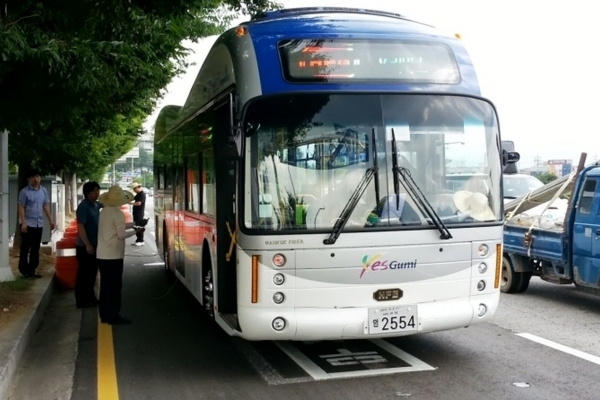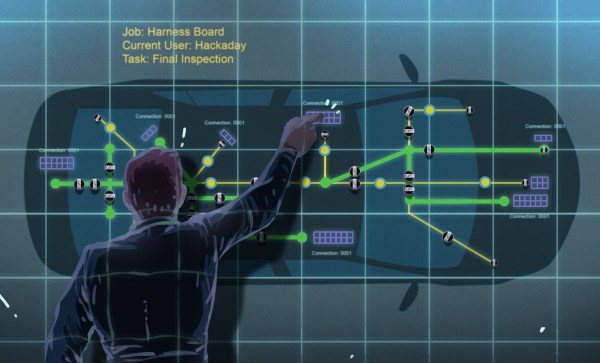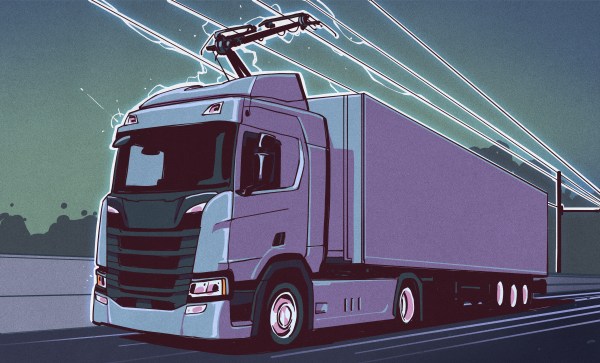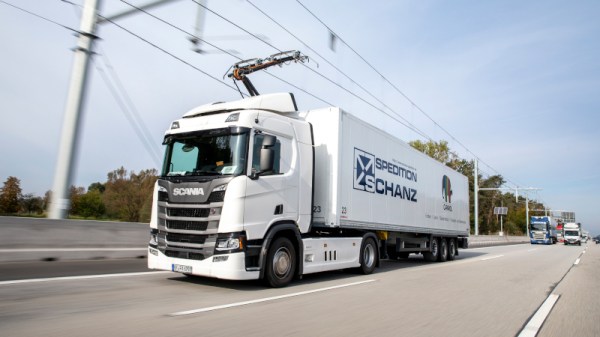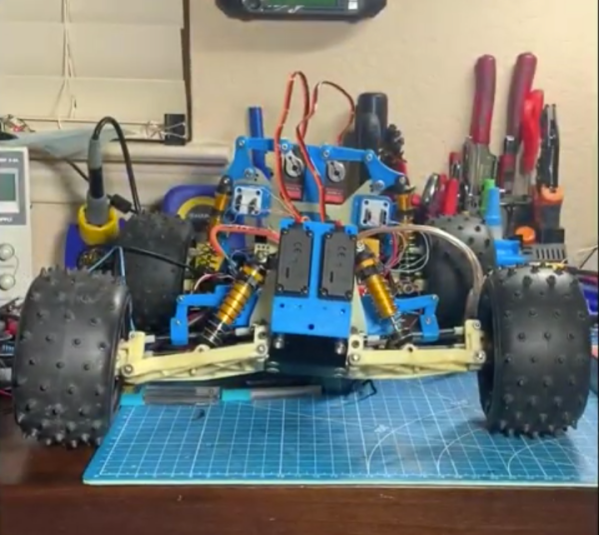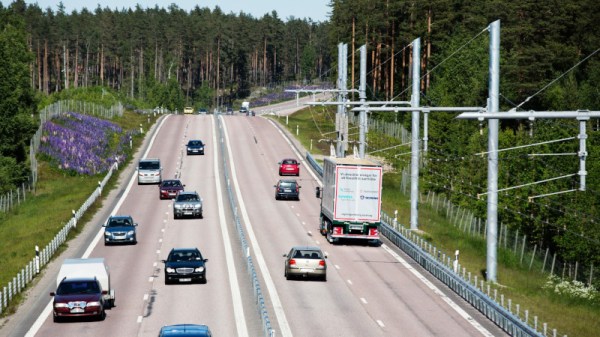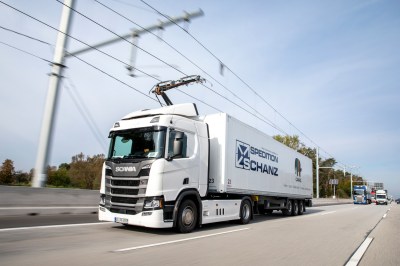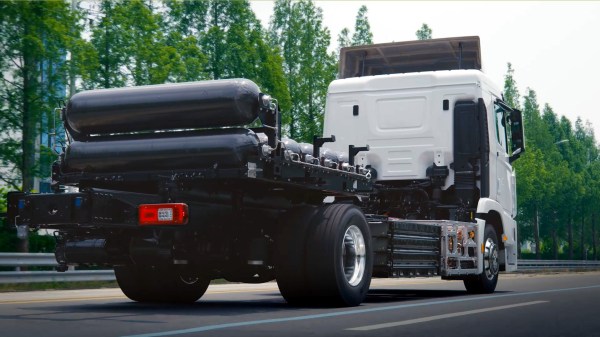One of the primary issues with EVs is that you need to pull over and stop to get a charge. If there isn’t a high-speed DC charger available, this can mean waiting for hours while your battery tops up.
It’s been the major bugbear of electric vehicles since they started hitting the road in real numbers. However, a new wireless charging setup could allow you to juice up on the go.
Electric Highways
Over the years, many proposals have been made to power or charge electric vehicles as they drive down the road. Many are similar to the way we commonly charge phones these days, using inductive power transfer via magnetic coils. The theory is simple. Power is delivered to coils in the roadway, and then picked up via induction by a coil on the moving vehicle.
Taking these ideas from concept into reality is difficult, though. When it comes to charging an electric vehicle, huge power levels are required, in the range of tens to hundreds of kilowatts. And, while a phone can sit neatly on top of a charging pad, EVs typically require a fair bit of ground clearance for safely navigating the road. Plus, since cars move at quite a rapid pace, an inductive charging system that could handle this dynamic condition would require huge numbers of coils buried repeatedly into the road bed. Continue reading “Coils In The Road Could Charge EVs While Driving”

